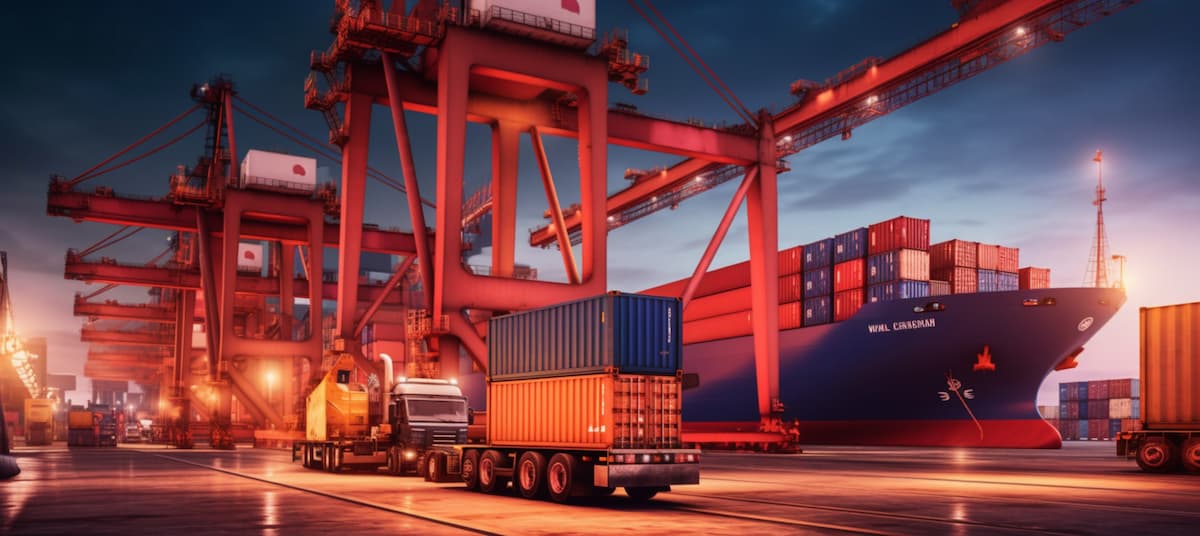Everything You Need to Know About Cargo Ship Container Capacity
When it comes to global shipping, one of the most important concepts to understand is cargo ship container capacity. This term defines how many containers a ship can safely carry, directly influencing how efficiently goods move across international waters.
📦 What Does cargo ship container capacity Mean?
Cargo container capacity is measured in TEUs, or Twenty-foot Equivalent Units. A single TEU equals one standard 20-foot shipping container. Larger ships can transport tens of thousands of TEUs in a single voyage, which significantly reduces cost per unit and improves logistical efficiency.
🚢 Different Types of Container Ships
Vessels are generally classified by their capacity:
-
Feeder Vessels: Handle up to 3,000 TEUs; mainly used for short routes and regional ports.
-
Panamax Ships: Designed to pass through the Panama Canal, these carry around 5,000 TEUs.
-
Post-Panamax Ships: Can carry 10,000–15,000 TEUs and serve major international ports.
-
Ultra-Large Container Vessels (ULCVs): The giants of the sea, capable of transporting over 20,000 TEUs.
Each ship type plays a key role depending on the trade route, destination ports, and type of cargo.
📈 Why cargo ship container capacity Matters
Container capacity affects everything from shipping costs to environmental efficiency. Larger vessels help reduce the number of trips, which means fewer emissions and lower fuel expenses. As a result, many shipping companies are investing in more efficient ships that can carry larger loads while staying compliant with international regulations.

🌍 Industry Outlook
As global trade continues to grow, so does the demand for efficient shipping methods. Many ports around the world are being upgraded to handle vessels with greater capacity. However, it’s crucial to maintain balance—larger isn’t always better if ports can’t support the ship size.
✅ Final Thoughts
Understanding cargo ship capacity gives businesses and logistics planners an edge. By knowing what each type of vessel can handle, you can make smarter choices about shipping routes, partners, and timing—ensuring your cargo arrives safely, on time, and within budget.













